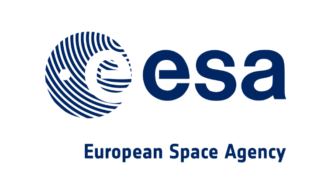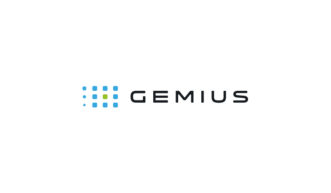Client
Vee SA (formerly Voicetel Communications SA) is a leader on the Polish and European market of Conversational AI solutions. They enable the automation of phone customer service support.
Unique multi-industry experience, scale of implemented processes and proprietary Brilliance technology – all this enables Vee to build solutions whose business efficiency often exceeds that of a traditional call center. It also significantly reduces the TCO of the process and ensures the quality of service at the highest level (human-like experience).
The developed technology and know-how of Vee are used in handling both incoming and outgoing calls in several industries, including banking, insurance and medical. Vee’s customers are both companies from the SME sector and large international corporations with a high daily volume of serviced connections and stringent availability and security standards.
Challenge
Vee has been our client since 2018. To satisfy their demand for high computing power and smooth system operation, we have built a private cloud based on small dedicated servers from the starter.32 line. These machines combine high performance (Intel® Xeon® E3-1230 v6 clocked at 3.50 GHz, 32 GB RAM) with a moderate price. It oscillates around PLN 200/month, depending on the amount of RAM and the type of storage (HDD/SSD/NVMe).
At Data Space, we value innovation highly, keeping our finger on the pulse of modern hardware and software solutions. So when Vee informed us about the need to expand their server infrastructure, we offered them a solution that we had recently tested. It was a platform based on the newly released AMD CPU, designed for particularly resource-intensive applications that require multi-threaded chips, such as hosting servers.
Solution
The AMD EPYC 7302P that we chose for Vee is a chip from the Rome line that premiered in the fall of 2019. This is the 2nd generation of Enterprise processors from “Team Red”. Its parameters are 16 cores/32 threads /128MB L3 cache and 3.0 GHz clocks, boosting up to 3.3 GHz.
In the 2nd generation of the Epyc platform, the manufacturer focused even more on differentiating CPU models in terms of the user’s budget. There are 9 different systems altogether that can be adapted to both smaller servers and powerful “supercomputers”.
Importantly, in the case of a AMD CPUs we do not have to choose between high clock speed and multithreading. Rome chips combine both of these parameters. As a result, a single server can replace even several smaller ones, which translates into lower unit costs.
On the platform we have prepared for Vee, in addition to the AMD processor, there are 64 GB of RAM and 2 SSDs with a total capacity of 480 GB.




Client feedback
Regarding suppliers of the IT environment, not only stability is important, but also innovation. The Data Space team read our needs well and proposed a platform that offers the highest performance at its price. When expanding our infrastructure, we tried one of the most advanced AMD EPYC processors.
Its power and multi-threaded structure have proved to be a strong support for our IT environment. In addition, the new platform replaced as many as two of our existing servers, which resulted in lower costs per unit of power.
Artur Matuszak, IT Team Leader
Vee SA